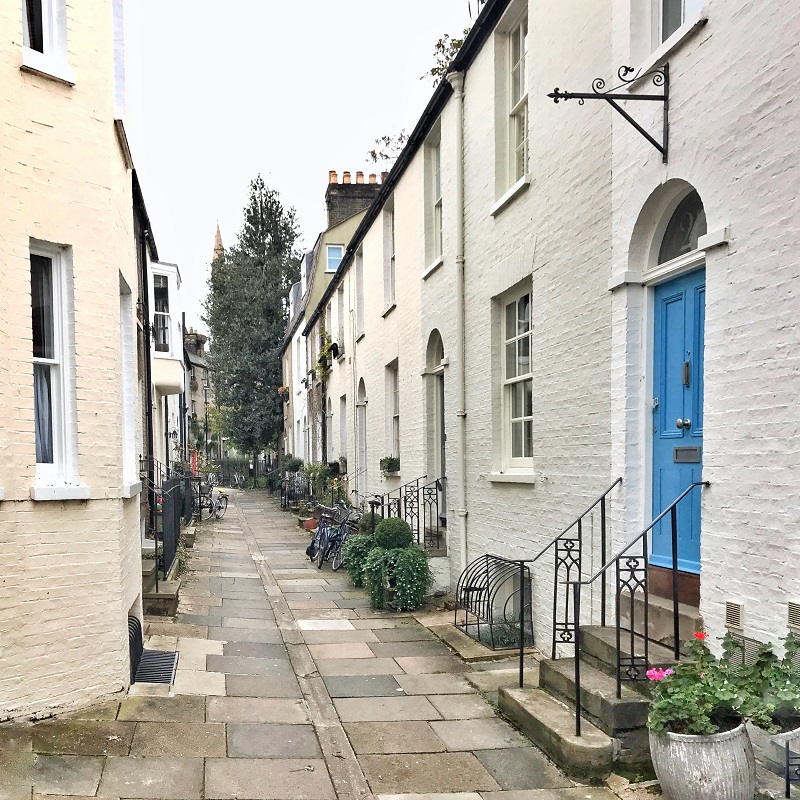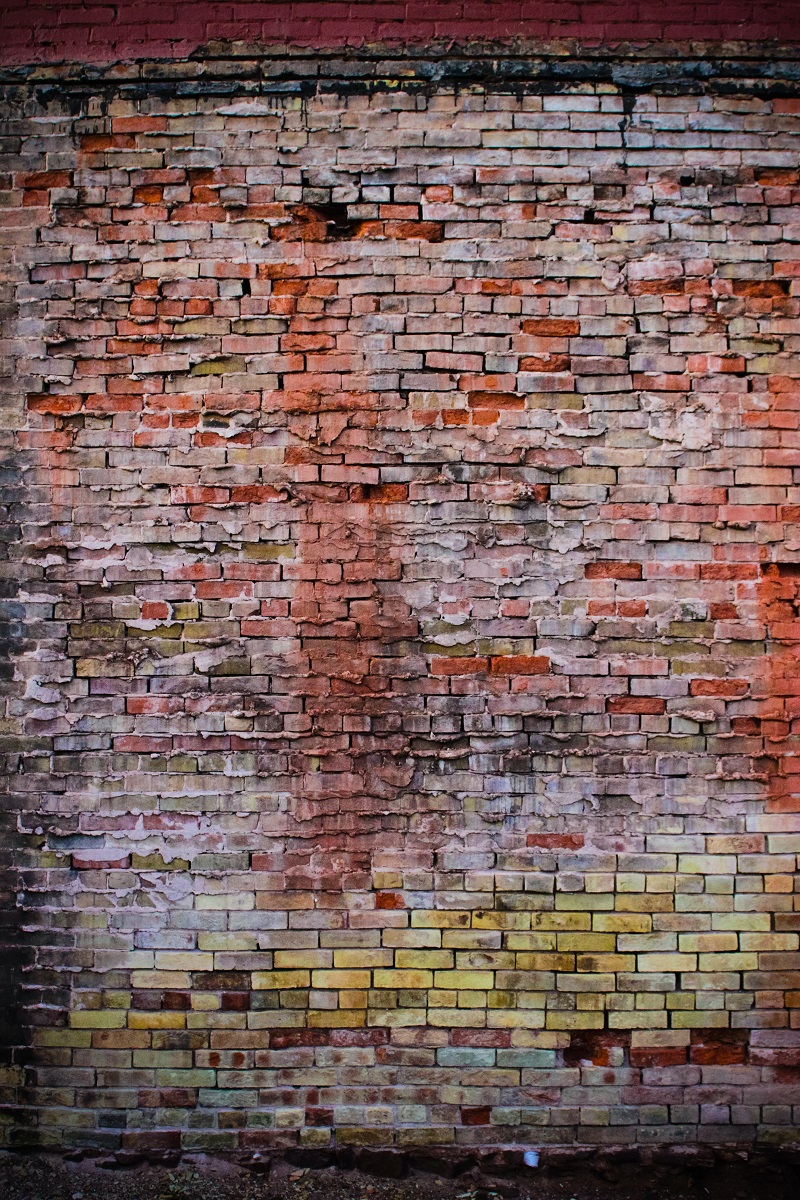The Party Wall etc, Act 1996
Introduction
The Act came into force in July 1997 and applies throughout England and Wales.
It provides a framework for preventing and resolving disputes in relation to party walls, boundary walls and excavations near neighbouring buildings. It is based on some tried and tested provisions of the London Building Acts, which applied in inner London for many decades before the Act came into force.
If you intend to carry out building work which involves one of the following categories:
- Building a free-standing wall or a wall of a building up to or astride the boundary with neighbouring land (Section 1 of the Act)
- Work on an existing wall or structure (including floors) dividing or shared with another property (Section 2 of the Act)
- Excavating near a neighbouring building (Section 6 of the Act)
You must find out whether that work falls within the Act. If it does, you must notify all adjoining Owners.
Primarily, the Act lays down the procedural compliance and requirements arising from any owner of land or buildings proposing to undertake building works that, by definition, affect the land or buildings of an adjoining owner.

Notices and replies
The party proposing to carry out any works under these categories is termed "the Building Owner" who is required to give prior notice of his proposals to an adjoining leasehold and/or freehold property owner who is termed "the Adjoining Owner". Having been served with a notice, one of the following procedures is adopted:
- the Adjoining Owner agrees and consents to the proposed work;
- the Adjoining Owner disagrees and both sides appoint their own Surveyor to settle all differences and produce an "Award" (Party Wall Agreement) which lays down, in detail, the works proposed and all conditions precedent;
- the Adjoining Owner disagrees and both parties concur in the appointment of one Surveyor termed “the Agreed Surveyor” who, on his own, produces an Award on the same basis;
- the Adjoining Owner fails to respond, whereafter a Surveyor may be appointed for him and the matter proceeds as item 2 above;
- when two separate Surveyors are involved, immediately they are appointed, they select an additional surveyor, termed “the Third Surveyor”, to be called in to act if one of them becomes unable to proceed, or to mediate any differences that arise between them or that might arise between the Building and Adjoining Owners.
In all normal circumstances, the fees of all/any appointed Surveyors are paid by the Building Owner, although this could be changed by an Award from the Third Surveyor when settling any dispute.
In any proposal that is beyond straightforward building construction (dependent upon the nature of the works), the appointed Surveyors may need to make a secondary appointment for any other specialist advice required, such as that from a Structural Engineer, whose justifiable fees are also paid by the Building Owner.
In minor matters, such as very small domestic building work, it is quite realistic to simply agree with the proposals. In larger projects, or where the Adjoining Owner has any concerns, the matter proceeds to an Award but, in any situation, the Building Owner is required to indemnify the Adjoining Owner against the possibility of damage that might arise either accidentally or by negligence. Such damage is determined by reviewing a condition survey of the original condition which is normally agreed by the Surveyors at the onset.

Awards
The purpose of an Award is to document the details of the Building Owner’s proposals that have a direct or consequential affect upon the Adjoining Owner’s land or property and to record the conditions and requirements under which the Building Owner must execute those works. The documentation includes drawings and other working details, together with method statements agreeing the procedure.
